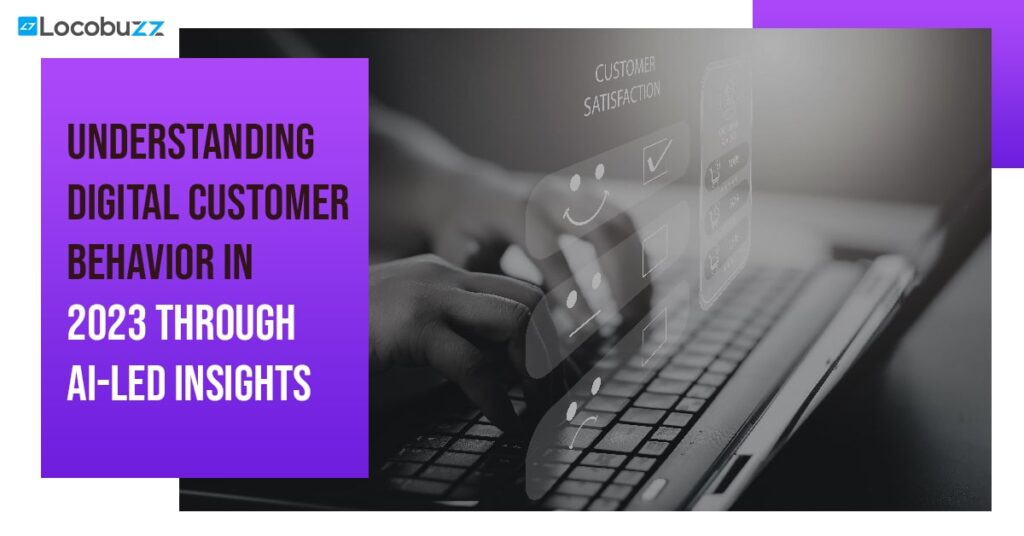What It Takes to Build a Customer Experience Strategy: The UItimate Guide
What is the Importance of Customer Experience Strategy in Today’s Business Landscape? Customer experience strategy is crucial in today’s business landscape for: Improving customer satisfaction and loyalty: A well-designed customer experience strategy enables organizations to meet and exceed their customers’ expectations, leads to increased satisfaction and improved brand loyalty. When customers have a positive experience, they are more likely to return and recommend the business to others. Competitive advantage: In today’s competitive business landscape, an exceptional customer experience is a significant differentiator. Customers are more likely to choose a company that provides a better experience over one that does not, even if the products or services are similar. Increased revenue: When customers are satisfied, they tend to spend more money and buy more frequently. This translates to increased revenue and business growth. Better insights: A customer experience strategy can help businesses gather data and insights on their customers, allowing them to make more informed decisions about how to improve the experience. Improved reputation: Word of mouth is a powerful marketing tool, and a positive customer experience can lead to a strong reputation for the business. On the other hand, a negative experience can quickly spread through social media and other channels, damaging the brand’s reputation. Long story short, a well-executed customer experience strategy can have a significant impact on a business’s success, including customer satisfaction, loyalty, revenue, and reputation. How to Create a Customer Experience Strategy in 7 Ways #1: Understand Who Your Target Audience Is + Create Accurate Buyer Personas Conduct market research: This helps gather information about your potential customers, including demographics, psychographics, and consumer behavior. You can do this research through online customer experience surveys, focus groups, or social media analysis. Analyze your current customer base: Look at the demographics of your current customers, their interests, and buying patterns. The end-goal is to understand who your target audience is and what they expect from your business. Develop buyer personas: Once you have collected enough data, create buyer personas to represent different segments of your target audience. A buyer persona is a fictional character that represents your ideal customer. It includes information about their demographics, psychographics, interests, pain points, and goals, as shown below:Image Source Use data analytics: These tools help track your website traffic, customer engagement on social media platforms, and audience behavior and preferences, enabling you to create more effective marketing strategies. Stay up-to-date with market trends: Keep yourself informed about market trends, competitor activity, and industry news to stay ahead of the curve and understand the evolving needs of your user base. Test and refine: Continuously test and refine your buyer personas based on new data and insights to stay relevant and effective. #2: Analyze Your Organization’s Goals + Objectives Understand the organization’s mission: Start by understanding the mission of your organization. What is the purpose of the organization, and what are its core values? This will help you understand the context in which the organization’s goals and objectives have been developed. Review the goals and objectives: Review the goals and objectives of your organization: Are they clear and specific? Are they measurable? Do they align with the organization’s mission and values? Make note of any gaps or areas that need further clarification. Identify key performance indicators (KPIs): Identify the key performance indicators that are used to measure progress toward the organization’s goals and objectives. Some metrics you can use include revenue growth, customer satisfaction, employee retention, or market share. Analyze the data: Once you have identified the KPIs, analyze the data to determine how the organization is performing against its goals and objectives. Look for trends and patterns in the data that can help you identify areas where the organization is doing well and areas where improvement is needed. Develop an action plan: Depending on the areas identified, develop an action plan to achieve goals and objectives. You can set specific targets or milestones, allocate resources, or alter the way the organization operates. Monitor progress: Finally, monitor progress against the action plan to ensure that the organization is moving in the right direction. Make adjustments as needed and continue to analyze the data to ensure that the organization is on track. #3: Start From the End and Re-Trace Your Steps Related to the Customer Experience You Want to Deliver This strategy involves identifying the desired end-state. To do this, the first step is to: Understand the end-state or the ideal experience you want your customers to have. Ask questions such as what do you want your customers to feel, think, or do after interacting with your brand? How will you help provide them this ideal experience? Once you have a clear picture of the desired end-state, you can work backward to figure out the steps needed to achieve it. #4: Hire Team Players + Get Them to Collaborate Look for candidates with a track record of teamwork: When reviewing resumes and interviewing candidates, look for evidence of collaboration. Seek out individuals who have worked on successful team projects, who have volunteered on committees, or who have contributed to group efforts. Assess communication skills: When interviewing candidates, assess their communication skills, such as their ability to listen actively, express themselves clearly, and give and receive feedback constructively. Consider personality and work style: This will help determine if a candidate is a good fit for your team or not. For example, an introverted candidate may prefer to work independently. Promote a collaborative culture: Once you’ve hired team players, it’s important to create a collaborative environment by: Setting expectations that everyone works together Encouraging open communication Fostering a sense of camaraderie and organizing team-building activities and social events Providing opportunities for your team to collaborate, such as team projects or cross-functional teams Assigning tasks that require different skill sets to encourage team members to work together and learn from one another Acknowledging and rewarding collaboration, both individually and as a team Celebrating team successes and recognizing individual contributions Encouraging ongoing communication to maintain a collaborative environment
What It Takes to Build a Customer Experience Strategy: The UItimate Guide Read More »










